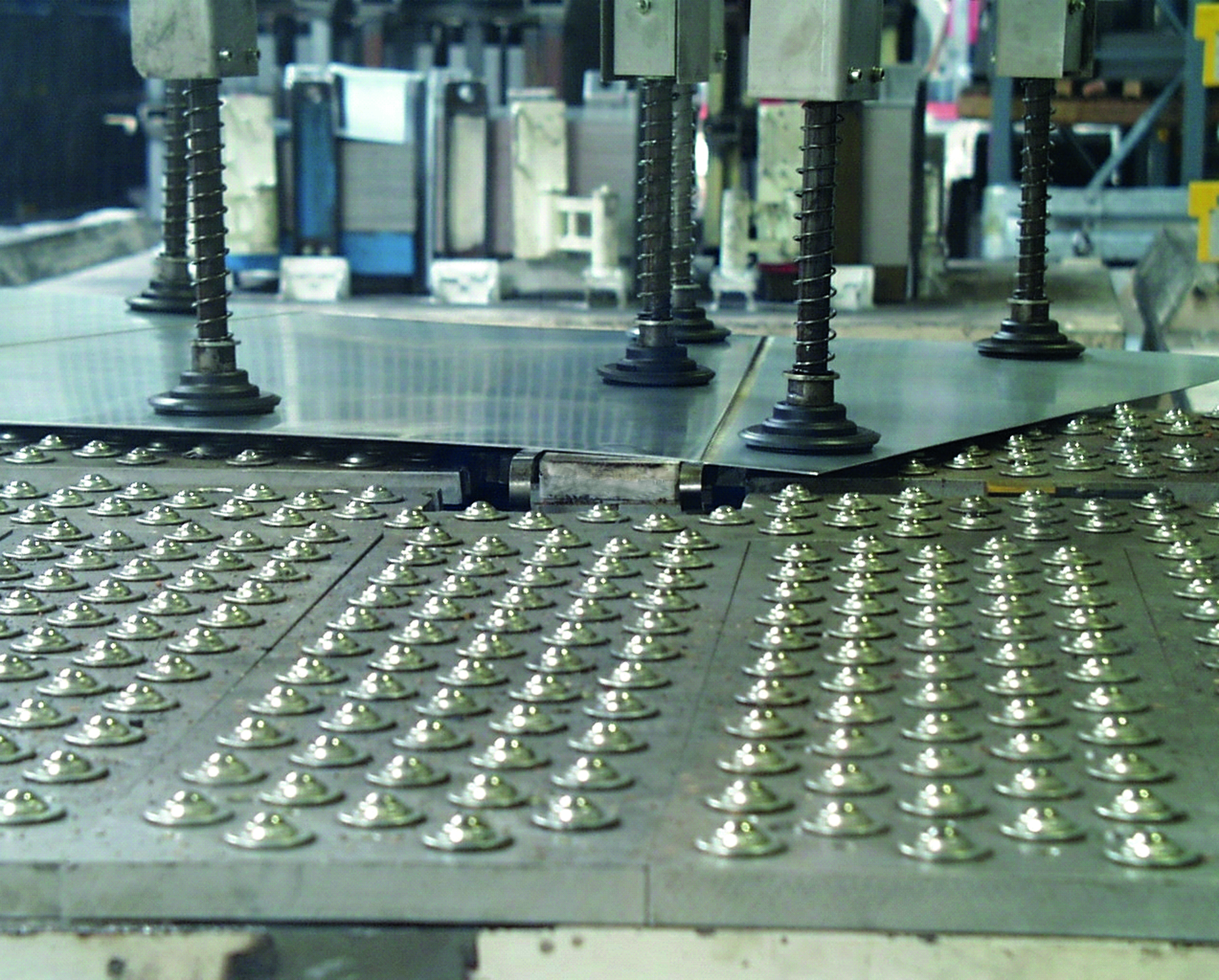Typically, semifinished products are made of a single primary material brought into a geometric shape, often in form of simple profiles, rods, pipes and sheets made of metal, plastics or wood. "Semifinished" as they are they belong to the first and middle parts of a product's value added chain, being major elements of a cost effective and efficient production.
In most cases, the design - in terms of shape and dimensions - of semifineshed products is up to the later product. This is true for material and surface properties too, which are often optimized for specific applications and production methods.
Fraunhofer IZFP's "semifinied products" business unit is tieing the related activities of the institute.
 Fraunhofer Institute for Nondestructive Testing IZFP
Fraunhofer Institute for Nondestructive Testing IZFP 


